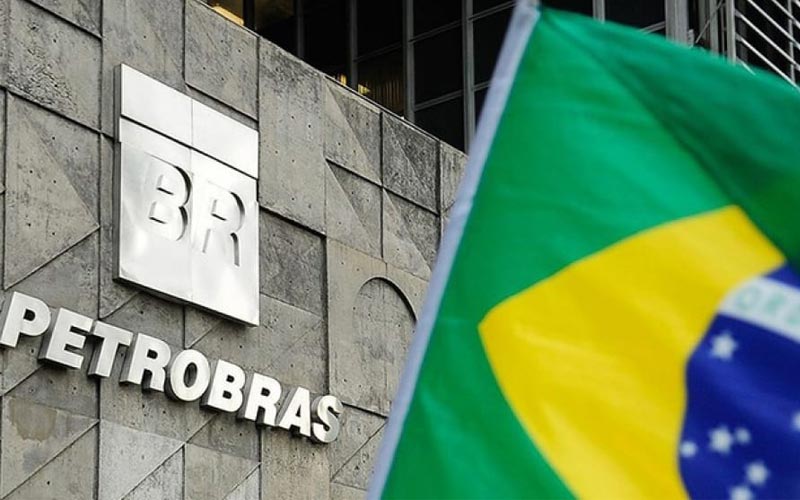
Gold Prices Face Critical Inflection Amid Geopolitical and Economic Pressures
XAU/USD Holds Steady as Russia-Ukraine Tensions, Fed Outlook, and Market Sentiment Drive Volatility | That's TradingNEWS
Gold: A Comprehensive Analysis Amid Geopolitical Tensions and Market Dynamics
Geopolitical Tensions Fuel Safe-Haven Demand
Gold prices have been on edge, hovering around $2,627.60 per ounce, as geopolitical instability, particularly the escalating Russia-Ukraine conflict, fuels demand for the safe-haven asset. Russian President Vladimir Putin’s recent adjustment to nuclear policies, alongside Ukraine’s deployment of U.S.-made ATACMS missiles, has heightened market volatility. These tensions have created an environment of uncertainty, which often favors gold as a hedge against geopolitical risk.
While safe-haven demand remains strong, a strengthening U.S. dollar has capped significant price gains. The DXY Index rebounded from a one-week low, making gold relatively more expensive for international buyers, a key factor pressuring prices despite rising geopolitical risks.
Fed Policy and Interest Rate Expectations
Gold's near-term trajectory is heavily influenced by the Federal Reserve's monetary policy. Traders are pricing in a 59.1% probability of a 25-basis-point rate cut in December, while 40.9% expect rates to remain steady. The Fed's less aggressive stance on rate cuts has bolstered U.S. Treasury yields, which in turn diminishes gold’s appeal as a non-yielding asset.
Federal Reserve officials’ speeches this week will further shape market expectations. A pause or a slower easing cycle could temper bullish momentum for gold, but long-term macroeconomic uncertainty and potential inflationary pressures provide a strong underpinning for its appeal.
Technical Levels and Market Sentiment
Resistance and Support Levels
Gold bulls face critical resistance at $2,645.30, with the next major target at $2,700, a psychological level. On the downside, key support exists around $2,622-2,620, with a more significant floor at $2,600. A breach below this level could see prices tumble towards the 100-day Simple Moving Average (SMA) at $2,555.
Market Positioning
The recent recovery from a two-month low indicates renewed interest, but the lack of follow-through buying suggests caution among traders. The pullback from the $2,642 high reflects mixed sentiment, as geopolitical risks and economic data weigh on short-term decision-making.
Global Demand and Physical Markets
China’s Crucial Role
China, the world’s largest gold consumer, has shown signs of rekindling demand. Import data suggests a rebound, with November purchases projected to approach record highs. However, October saw a 6th consecutive month of year-over-year declines, raising questions about the sustainability of this uptick. The USD/CNY exchange rate has also influenced gold's affordability in China, adding another layer of complexity to demand forecasts.
Saudi Arabia’s Stability
In Saudi Arabia, gold prices have remained relatively stable, with 1 gram priced at SAR 318.15, highlighting consistent demand in the region. The tola price stood at SAR 3,710.79, reflecting broader regional stability in gold markets.
Macroeconomic Indicators and Inflationary Pressures
Recent U.S. inflation data and expectations of potential Republican-led fiscal policies suggest that inflation could stay elevated. This scenario supports gold as a hedge against purchasing power erosion. However, rising bond yields, which increase the opportunity cost of holding gold, continue to counterbalance this narrative.
Treasury Yields and Bond Market Dynamics
The yield on the 10-year U.S. Treasury note has climbed to 4.418%, reflecting robust demand for U.S. debt instruments. This dynamic has bolstered the U.S. dollar, presenting a headwind for gold.
Key Drivers in Gold's Market Performance
-
Geopolitical Risks:
- Heightened tensions between Russia and Ukraine have elevated safe-haven buying.
- The risk of nuclear escalation adds a premium to gold prices.
-
Currency Strength:
- A rebounding U.S. dollar has capped price gains, with the greenback’s strength making gold less attractive for international buyers.
-
Interest Rates:
- Speculation around the Fed’s December meeting continues to weigh on sentiment.
- Higher rates reduce gold's appeal, but inflation fears could offset this trend.
Outlook and Strategic Analysis
The interplay between geopolitical risks, Federal Reserve policy, and global physical demand paints a complex picture for gold. While immediate upside is capped by technical resistance and a strong U.S. dollar, long-term macroeconomic uncertainties, particularly inflation and geopolitical instability, favor a bullish outlook.
Investors should closely monitor:
- Fed statements and bond market movements.
- Geopolitical developments in Eastern Europe.
- Chinese import data for signs of sustained demand.
Buy, Sell, or Hold?
Given the current environment, gold presents a compelling hold for long-term investors seeking stability amid uncertainty. For traders, the $2,622-2,620 support zone offers a potential entry point, while profit-taking near the $2,645-$2,700 resistance is advisable. The balance of risks suggests limited downside, but short-term caution is warranted as markets react to evolving geopolitical and economic conditions.
















